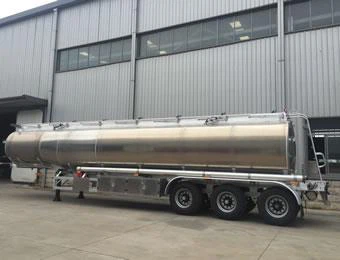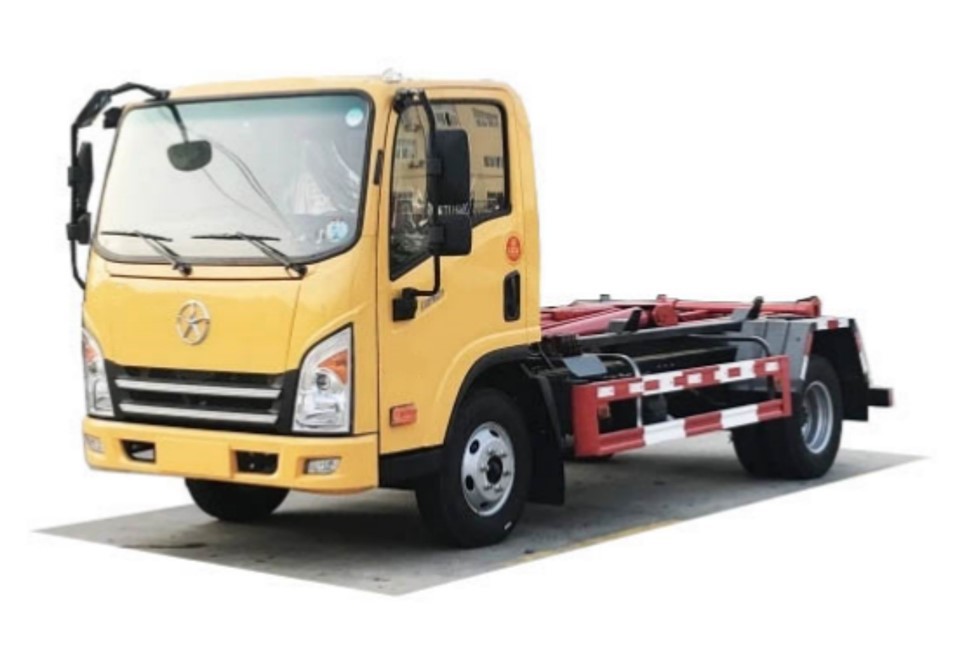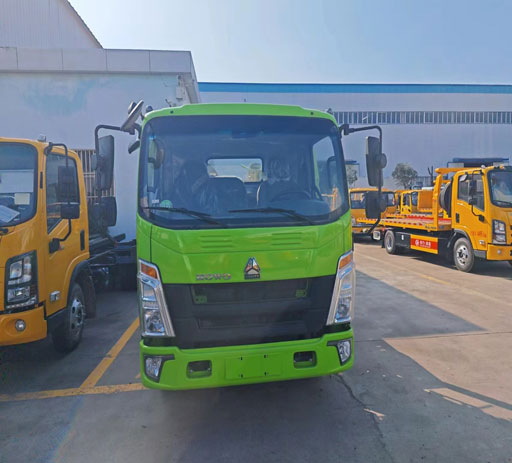Understanding Fire Truck Water Tanks: Essential Components and Specifications

When it comes to combating fires, the equipment used plays a crucial role in determining the success of fire suppression efforts. Among the most vital components of a fire truck is the water tank. This article delves into fire truck water tanks, exploring their types, sizes, and importance in firefighting operations. We will also provide practical examples, maintenance tips, and answer frequently asked questions about fire truck water tanks.
What is a Fire Truck Water Tank?
A fire truck water tank is a large container designed to store water for firefighting purposes. These tanks are pivotal in providing emergency responders with an immediate water supply during firefighting operations, particularly when hydrants are not available. Fire truck water tanks are crafted to withstand rugged conditions and often come in various materials and sizes to accommodate different firefighting strategies.
The Importance of Fire Truck Water Tanks
1. Immediate Water Supply
One of the primary functions of a fire truck water tank is to ensure immediate access to water, especially in rural or remote areas where hydrants are scarce. Having a reliable water source can be the difference between controlling a fire quickly and allowing it to escalate into a larger disaster.
2. Mobility
Fire truck water tanks are integral in enhancing the mobility of firefighting units. The ability to transport water directly to the scene allows firefighters to start combatting flames without delay. This mobility is especially essential during wildfires or in environments where setting up temporary water supplies is challenging.
3. Versatile Water Delivery
These tanks can connect to various firefighting apparatus and systems, allowing for versatile water delivery options. Firefighters can utilize hoses, pumps, and sprinklers to effectively distribute water in various scenarios.
4. Enhanced Firefighting Tactics
The availability of a water tank allows firefighting teams to implement various strategies, including direct attacks on flames and defensive measures to save adjacent structures. The flexibility provided by mobile water supplies is critical in complex firefighting situations.
Types of Fire Truck Water Tanks
1. Portable Water Tanks
Portable water tanks, often referred to as collapsible tanks, are designed to be lightweight and easily transportable. Firefighters can set these up quickly at the scene to provide an additional water supply.
Features:
- Lightweight and easy to deploy.
- Available in various shapes and sizes.
- Can hold significant amounts of water, typically 500 to 5,000 gallons.
2. Fixed Water Tanks
Fixed water tanks are permanently mounted on fire trucks. These tanks are built to withstand harsh conditions and typically offer larger capacities than portable tanks.
Features:
- Capacity ranging from 500 to over 3,000 gallons.
- Made from robust materials like aluminum or fiberglass.
- Designed for ease of integration with existing firefighting systems.
3. Foam-Firefighter Water Tanks
Some fire trucks are equipped with tanks designed specifically for water and foam mixtures. This combination is particularly effective for suppressing flammable liquid fires.
Features:
- Allows for a quick mix of foam concentrate and water.
- Usually used in urban and industrial firefighting scenarios.
Common Materials Used in Construction
Fire truck water tanks are constructed from various materials, each with its advantages and disadvantages.
1. Aluminum
- Pros: Lightweight, corrosion-resistant, and strong.
- Cons: Can be more expensive than other materials.
2. Stainless Steel
- Pros: Extremely durable and resistant to corrosion.
- Cons: Heavier and typically more costly.
3. Polyethylene
- Pros: Lightweight, inexpensive, and resistant to many chemicals.
- Cons: Less durable than metal options in extreme conditions.
Choosing the Right Size Tank
Choosing the appropriate water tank size for a fire truck depends on several factors, including the type of firefighting missions, the area served, and the available truck space. Below is a general guideline for selecting tank sizes.
| Mission Type | Recommended Tank Size |
|---|---|
| Urban Areas | 500 – 1,000 gallons |
| Rural Areas | 1,000 – 3,000 gallons |
| Wildland Fires | 1,000 – 5,000 gallons |
| Special Events/Standby | 500 – 1,500 gallons |

Practical Tips for Maintenance

1. Regular Inspections
Frequent inspections of the tank are essential. Check for leaks, structural integrity, and signs of corrosion. Inspecting hoses and fittings regularly can prevent failures during emergencies.
2. Clean the Tank Periodically
Contaminants can compromise water quality, so cleaning the tank periodically is important. Use appropriate cleaning agents safe for your tank’s material to remove sediments and prevent bacterial growth.
3. Maintain Proper Water Level
Keeping the water tank filled and maintaining the proper water level is crucial. Regularly checking and refilling the tank ensures availability during emergencies.
4. Winterization Practices
In colder regions, it is vital to winterize water tanks to prevent freezing. This can involve draining tanks and using antifreeze solutions where applicable.
Fire Truck Water Tank Technology Trends
1. Smart Water Tanks
With advancements in technology, many fire departments are now utilizing smart water tanks. These tanks are equipped with sensors to monitor water levels and detect leaks, transmitting data in real-time to fire department management systems.
2. Environmentally Friendly Materials
There’s an increasing push towards the use of environmentally friendly materials in the production of fire truck water tanks. New composites that reduce weight and improve strength while being recyclable have become popular.
3. Integrated Systems
Modern fire trucks are increasingly integrating water tanks with other firefighting systems, allowing for more efficient operations. This includes pre-connected hoses and pump control systems that automate water delivery.

Frequently Asked Questions (FAQ)
1. How much water can a fire truck water tank hold?
Fire truck water tanks can hold anywhere from 500 to over 3,000 gallons, depending on the type of vehicle and its intended use.
2. What materials are used to make fire truck water tanks?
Common materials include aluminum, stainless steel, and polyethylene, each offering different benefits in strength, weight, and cost.
3. How often should fire truck water tanks be inspected?
It is recommended to inspect fire truck water tanks at least quarterly to ensure they are in good condition and free of leaks or corrosion.
4. Can fire truck water tanks be retrofitted?
Yes, many fire departments choose to retrofit their fire trucks with new water tank systems or upgrade existing tanks for better performance and efficiency.
5. What is the typical lifespan of a fire truck water tank?
The lifespan of a fire truck water tank can vary depending on the material and usage conditions, but many tanks last 15 to 30 years with proper maintenance.
6. How do portable water tanks work in firefighting?
Portable water tanks are set up at the fire scene, allowing firefighters to fill them from nearby water sources. They can serve as additional reservoirs when hydrant access is limited.
